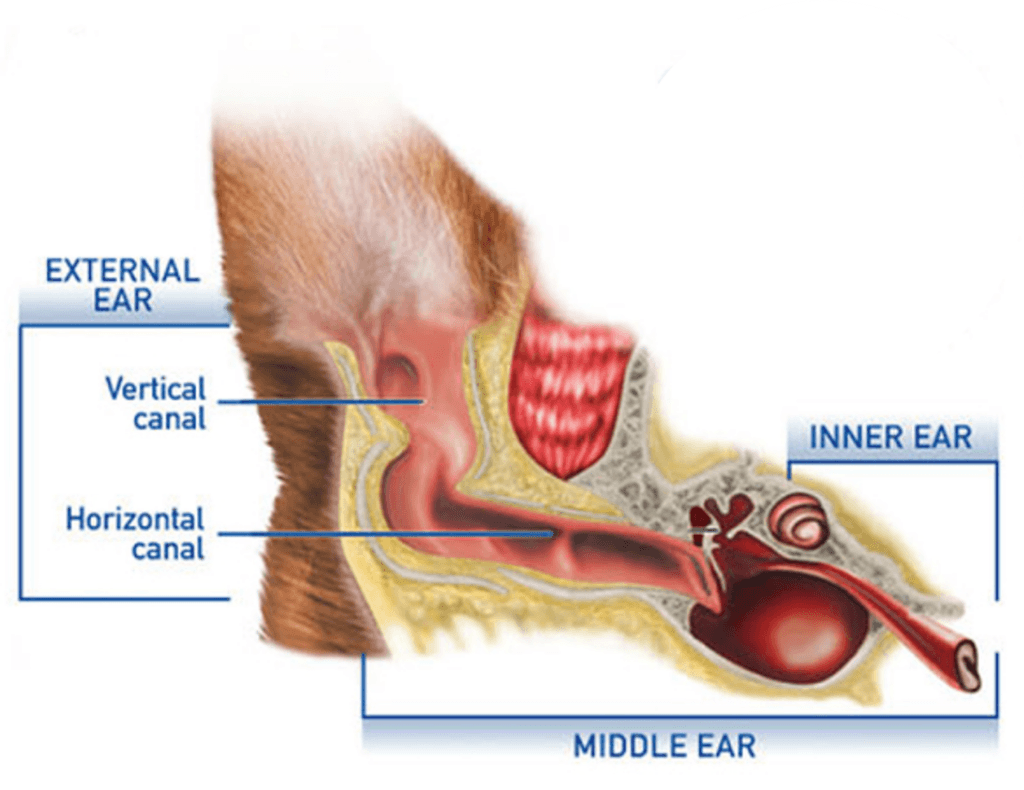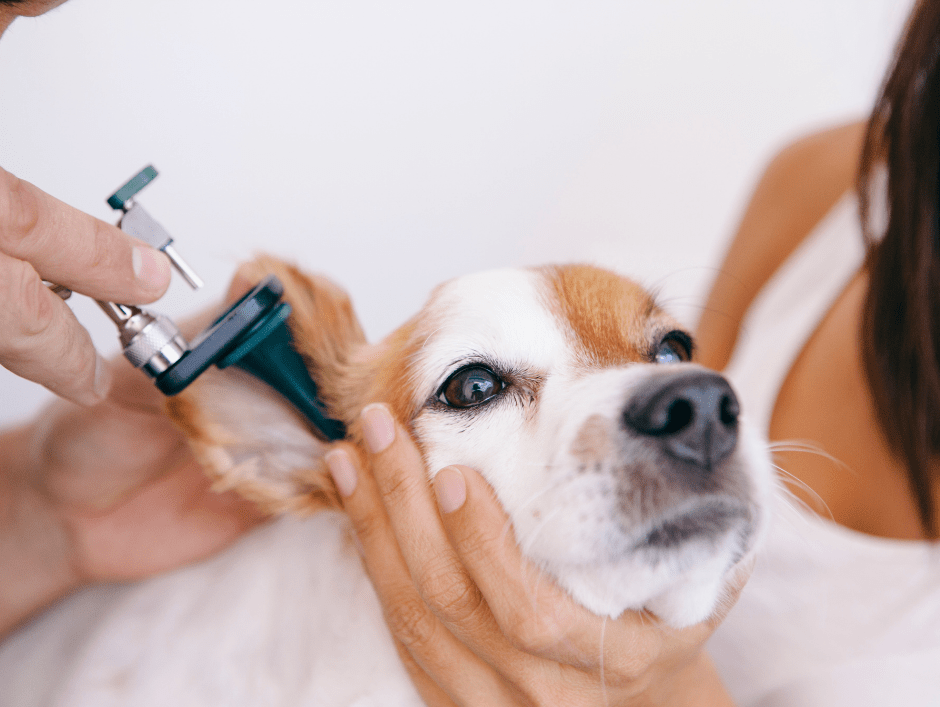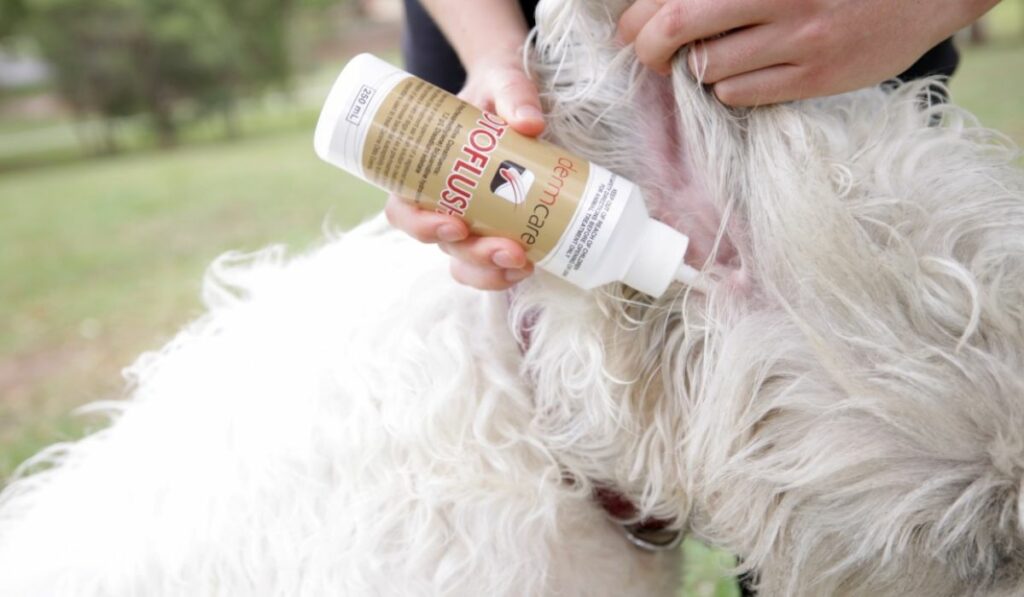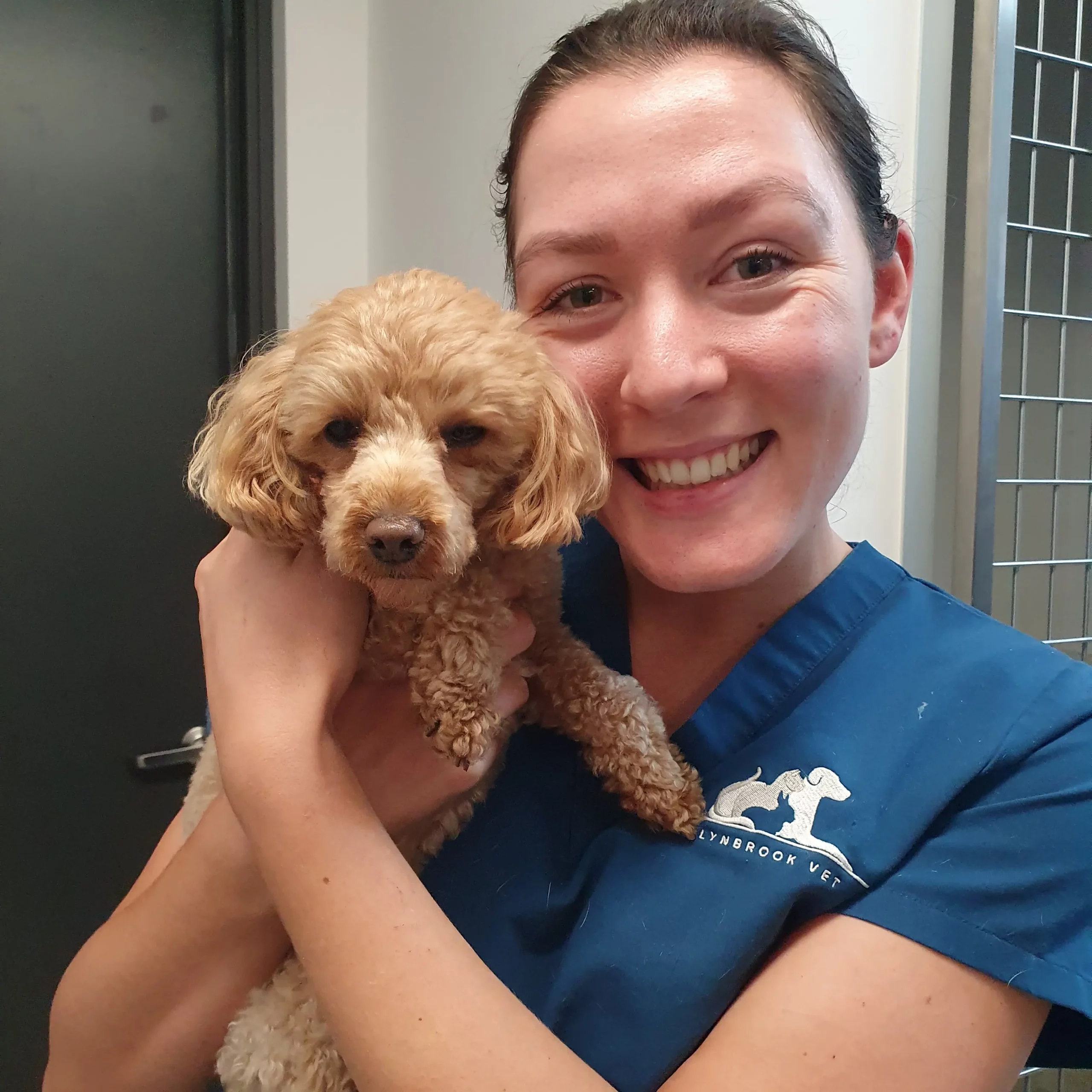Ear Infections in Dogs
Otitis externa, better known as an ear infection, is a common issue that can affect our four-legged friends. In this blog, we’ll delve into the world of dog ear anatomy, shed light on otitis externa, explore its causes and symptoms, discuss diagnosis, and outline the available treatment options.
Dog Ear Anatomy
Understanding the basic structure of a dog’s ear is essential to grasp the complexity of ear infections.
A dog’s ear consists of three main parts; the outer ear, the middle ear and the inner ear.
Otitis externa specifically affects the outer ear, which includes the visible part known as the pinna and the external ear canal.
The external ear canal is L-shaped consisting of vertical and horizontal segments. It is a dark, warm, and moist environment, making it susceptible to infections. Beyond the eardrum is the middle and inner ear.

What is Otitis Externa or Dog Ear Infection?
Otitis externa refers to the inflammation of the external ear canal. It is a common condition in dogs and can be caused by various factors, including:
- allergies
- parasites (such as ear mites)
- excessive moisture
- wax build-up
- foreign objects
- anatomical factors (like narrowed ear canals)
- bacterial or yeast infections

Dogs with floppy ears are more prone to ear infections due to reduced air circulation. In many cases it can be difficult to determine which came first, the inflammation or the infection. Sometimes a trigger causing itch will result in inflammation due to excessive scratching of the ear. This in turn creates heat and moisture within the ear canal promoting overgrowth of yeast and bacteria resulting in infection.
In contrast a triggering event such as water in the ear canal may promote an infection which then causes the ear to feel itchy. Regardless, it is something that needs to be addressed so that relief can be provided for your furry friend.
Recognising the symptoms of an ear infection
Spotting the signs of otitis externa early is crucial for timely intervention. Look out for symptoms like:
- Ear scratching or rubbing
- Malodour
- Redness and swelling
- Discharge (yellow, brown, bloody etc.)
- Head tilting (this may indicate the infection has progressed to the middle ear canal)

How do You Diagnose an Ear Infection in a Dog?
If you suspect your dog has an ear infection, it’s important to consult a veterinarian. They will perform a thorough physical examination of the ear canal, looking for signs of inflammation, discharge, and other abnormalities. Your vet will assess the pinna and look down the canal using an otoscope.
In some cases, your vet may take a sample of ear discharge to identify the specific pathogens causing the infection. This helps tailor the treatment plan more effectively.

What are the Treatment Options for Ear Infection in Dogs?
Treatment of otitis externa depends on the underlying cause and severity of the infection. It typically involves a combination of approaches:

Cleaning
Your vet may recommend cleaning the ears with a gentle, veterinarian-approved solution to remove debris and excess wax.
In severe cases an ear flush under general anaesthetic may be required to clear excessive accumulation of debris to allow other medications to work effectively.
Treating infection
In severe cases where the canal is extremely inflamed or narrowed, steroids may be dispensed to help open up the ear canal and reduce itch.


Treating other underlying causes
Addressing the root cause is crucial. If allergies are contributing, allergy management strategies will be suggested.
Alternatively if the inflammation is due to a foreign body such as a grass seed then removal under sedation or general anaesthetic may be required.
Prevention
Regular ear cleaning, especially for dogs prone to infections, can help prevent future occurrences. Your vet can guide you on proper cleaning techniques.
It is important not to overuse ear cleaning products as excessive moisture in the ear can breed infection. Often fortnightly use or after a bath or swimming is sufficient for maintenance.

Conclusion
Otitis externa can cause great discomfort for your beloved canine companion, but with prompt veterinary care and proper management, your furry friend can find relief and enjoy a healthier, happier life. Remember, each dog is unique, and a tailored approach is key to successfully managing and preventing ear infections.
If you suspect your dog may have an ear infection, don’t hesitate to reach out to your veterinarian for guidance and support. Your proactive care can make all the difference in your dog’s ear health journey.
If you’re concerned about your pet or want to book a consultation, book an appointment today.






